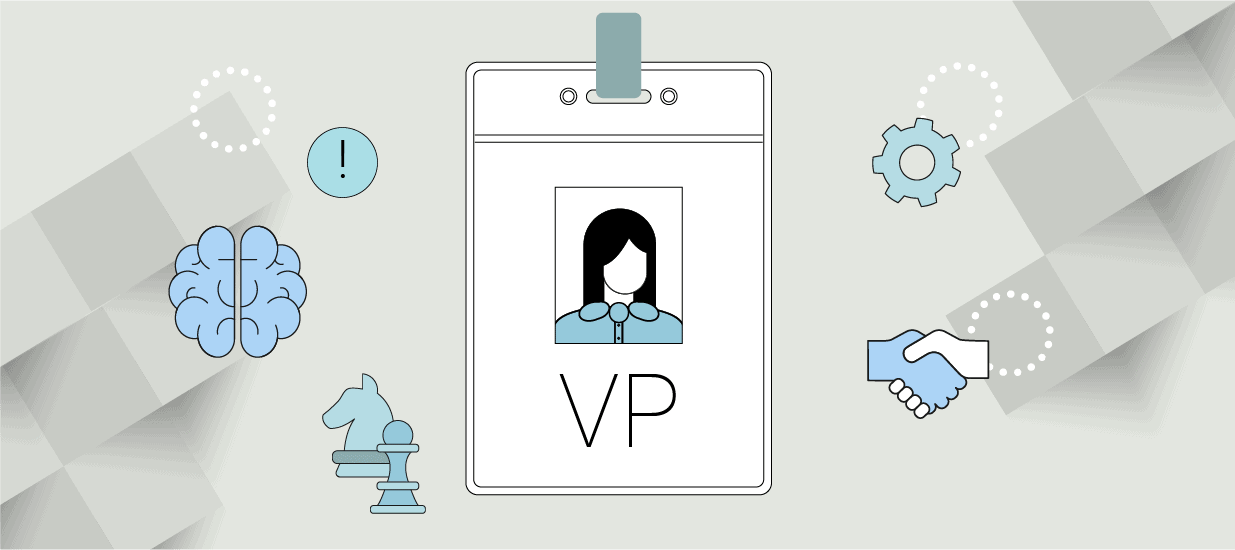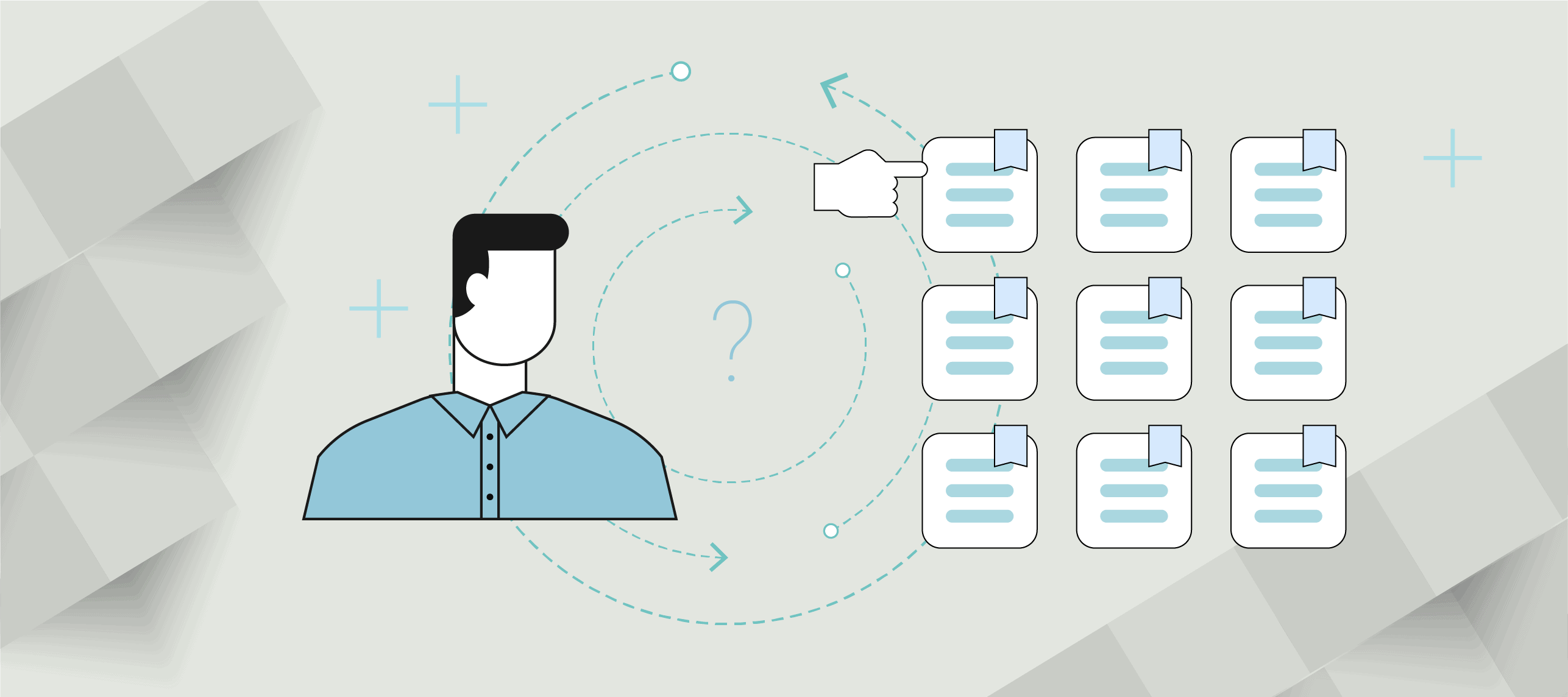5 minute read
What does a VP of Product do, what are they responsible for and how is success measured? Brian de Haaff, CEO and co-founder of Aha! talks about it and discusses how to be a successful product leader.
I get a lot of emails every day. Some are from job candidates. Many are from customers. There is also plenty of junk as well. So when I get a thoughtful question from a friend, it stands out. The other day, I received just such an email. A friend working at an emerging B2B software company emailed me for some advice. He asked, “What do you recommend I do to become Vice President of Product?”
I took a few moments to consider the question before I responded, because each company has its own approach to building products. As the CEO and co-founder of Aha!, a roadmapping software for product managers, I have an opportunity to interact with a wide swath of organizations. In the past three years, I’ve spoken to more than 100 VPs and at least 1,000 companies about product management. Some are more sales-driven and others are technically oriented. No two companies are the same. But I’ve found a few commonalities that transcend specifics of industry or place.
All product leaders start out optimistically believing that they can make their product and team great. Although they are expected to make the right strategic decisions, most do not have enough time in the day to accomplish everything they need to do. But the most successful people have a clear vision of where their product is headed and allow customers to help shape how they get there. These successful leaders have a plan based on clear goals and work on what creates the most value. They are not afraid to gently ignore the rest. In many companies, that person is the VP of Product.
In the end, my friend’s question was deceptively simple. Knowing that I could not possibly zero in on exactly what he needed to do at his company, I decided to think about what a VP of Product really does.
What is a VP of Product Responsible for?
Exactly what does a VP of Product do? What would the first 90 days on the job look like and how is success defined?
One way to answer that is to look at the various responsibilities that fall under the VP of Product job description. These responsibilities tend to be the same no matter what type of company it is or what type of product you’re producing.
Represent the Customer
The VP of Product brings the customer into the organization. It is not enough for the team to prioritize the features needed to make the customer happy; the VP of product must consider the complete product experience. That means considering the customer at every stage of product development.
Set Product Strategy
It is the VP’s job to ensure that the entire company understands the vision and direction for the product. Yes, this is a shared responsibility with the CEO and other executives, but the VP of product has a unique responsibility to communicate and reinforce that strategy across teams.
They need to run sessions with the product team and customer-facing teams, as well as sales, support and the executives. But it is not enough to set up meetings and sit back. They need to truly understand what each party is hearing and thinking, and then bake those learnings into their strategy.
Success comes when they can improve plans based on what they learn and create internal alignment and excitement. I know this because I did it while working at one of the largest tech companies in the world. I spent a lot of time (more than I would have liked, actually) meeting with every group that had a major stake in the direction of the product portfolio. At these meetings I asked about their aspirations for the product and spent time explaining the strategic alternatives that we had to choose from. These meetings helped refine the roadmap and led to an important acquisition to expand the types of customers that we could serve.
Ask Hard Questions
Building a great product is not a popularity contest. You have to ask the tough questions that nobody else wants to ask. A great Vice President of Product keeps the customer in mind while questioning how planned work relates to the product’s purpose and goals. When the rest of the team is doing the work, it is the VP’s job to ask, “Are we building what matters?”
The exact question will be more nuanced and likely quite a bit longer. For example, at the large tech company above I asked, “Why are we focused on rolling this new product out to the entire sales team when we have not proven we can sell it with a smaller expert team first?” A bit longer, yes. But the essence is the same.
Bring the Company Together
Great products are the result of a team effort. That is why the VP of Product acts as a cross-functional leader, bringing the organization together to meet business goals. A good VP helps their team understand why they need to work across the business to make the product—and, ultimately, the customer experience—better. But what does that look like?
Well, it’s important that this person is one of the company’s best storytellers. You heard that right—the VP of Product needs to be able to spin a yarn. I held annual sales kickoff events and put energy into media and analyst outreach. I knew that a compelling narrative would energize the team, giving them something to rally around when things got challenging. The resulting interviews and articles got internal teams excited and gave them something to share with customers.
See the Future
There is no such thing as a crystal ball, and the VPs of Product have the experience (and the scars) to prove it. However, they can draw on a deep knowledge of their product and the industry to predict the future. It’s their responsibility to set the product and the company on a course to stay relevant and valuable.
The ability to look ahead pays dividends. Truly seeing the future leads to key investment decisions, including which products to mothball and which businesses to partner with or acquire. The idea of doubling down on experience and product knowledge might steer some people toward a myopic worldview. But the best VPs, the ones who always seem to be one step ahead, have an insatiable curiosity. They read a lot, listen more than they speak, engage in activities outside of their industry, and draw on all of that information for insights and predictive decision-making.
So what’s the verdict, how do you become a VP of Product?
So, what did I tell my friend—the one whose email prompted all of this? When I finally replied, I outlined these core responsibilities. First, I explained that there is no single path to becoming a VP of Product and that the day-to-day work will vary depending on the company. I also noted that the role requires immense fortitude—but that the rewards far outweigh the hard days in between. I also encouraged him to start building these skills now in his work in product management.
You may not have a VP of Product within your organization, but you probably have someone who does this kind of work. Whatever you call this person at your company, we all know that a big title comes with big responsibility. And that responsibility can topple a product when it is not taken seriously. If you love product management, the role of VP of Product is an exciting challenge—one that allows you to shape not only your product, but your entire company.
VP of Product Resources
New VP of Product Management 90 Day Checklist
The Ideal VP of Product Management
Taking Inventory of Leadership Strengths & Weaknesses
4 Types of Data Analytics to Improve Decision Making
Author
-

Brian de Haaff, with 30 years of experience, writes and speaks passionately about product and company growth, as well as the pursuit of a meaningful life. Having contributed to companies like Concentric Network, Paglo, and Citrix, he is the co-founder and CEO of Aha! — the world's #1 product development software. For questions or inquiries, please contact [email protected].
View all posts








